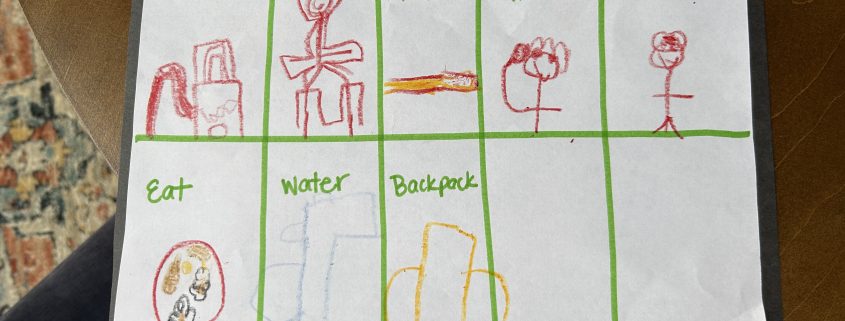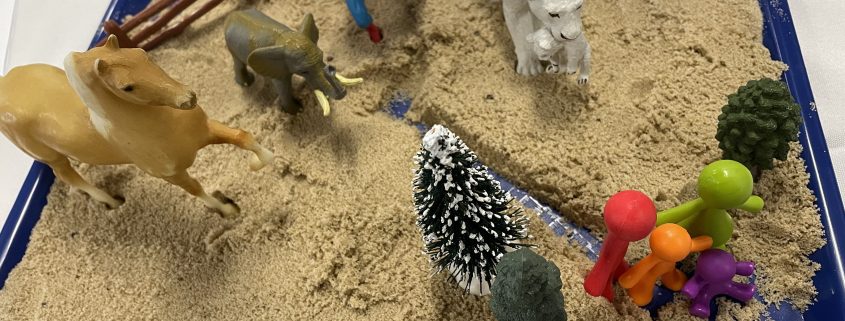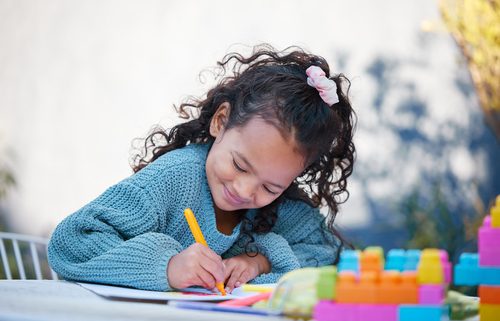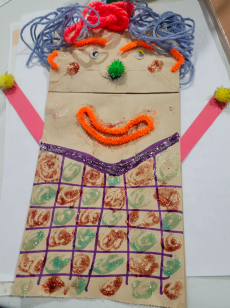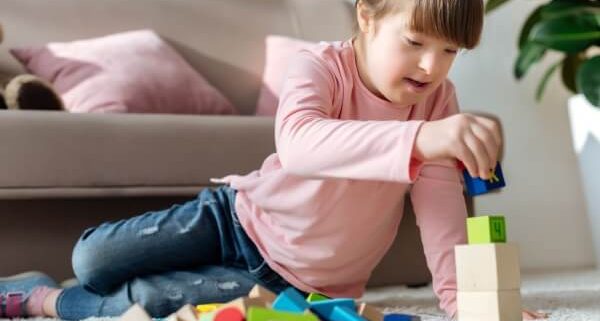Does My Child Need Therapy?
Does My Child Need Therapy?
Parents seek out our services for several reasons. Sometimes parents know that a big family change or stressor is in the child’s future and they want to proactively provide their child with a resource (a trusted therapist) which will help them through that transition. For these parents, helping and encouraging their children to manage the emotions related to that transition/change in healthy ways is their priority. Other times, parents are concerned or worried about an event that has already happened. A traumatic event or social stressor has impacted their child and they want to provide their child with a healthy outlet to cope. Most often, parents have observed a change in their child’s behavior or the way their child is interacting with others and are seeking to understand how to help them and resolve that problem.


